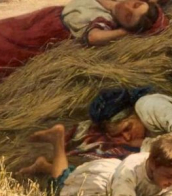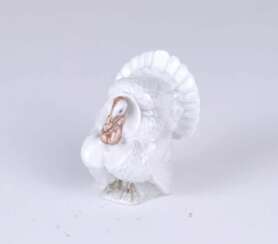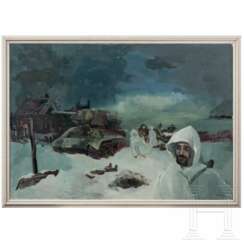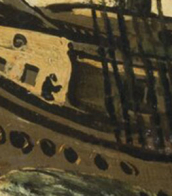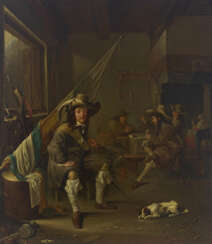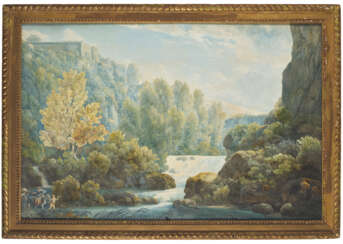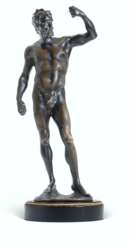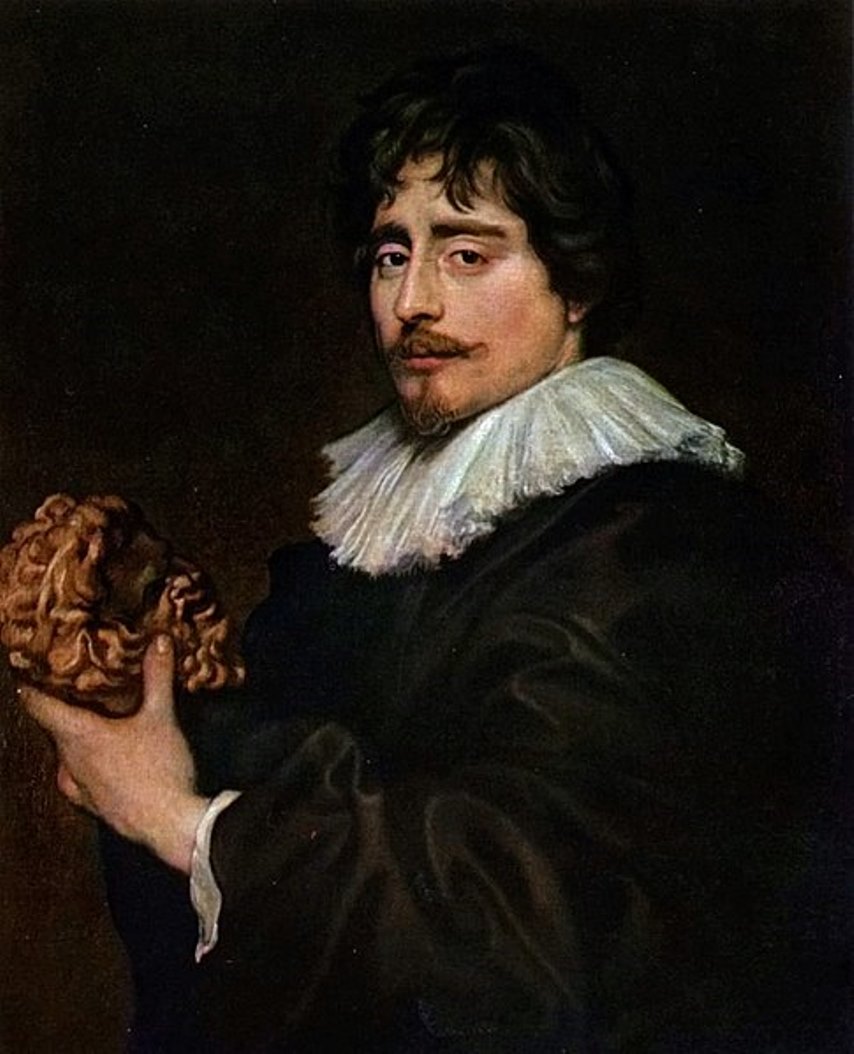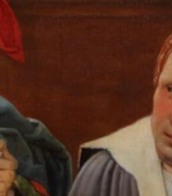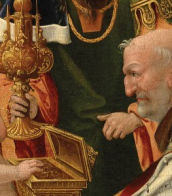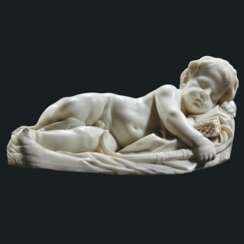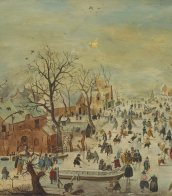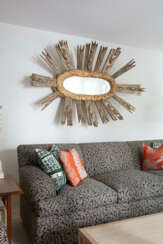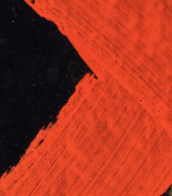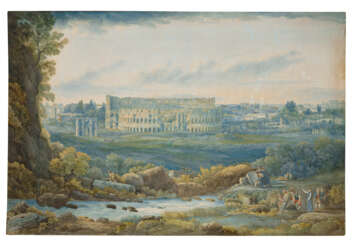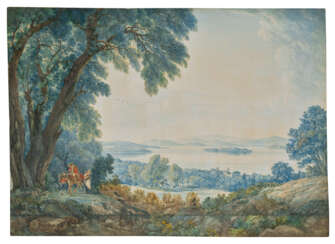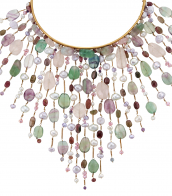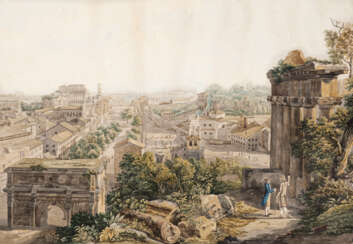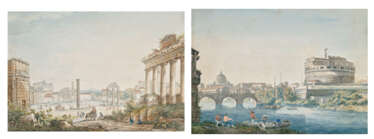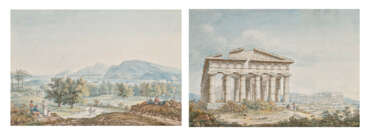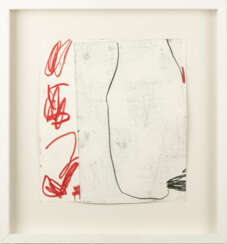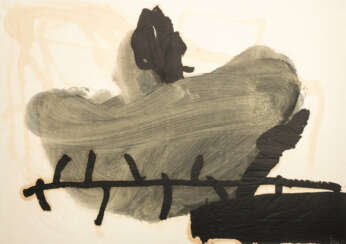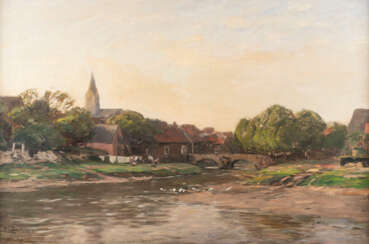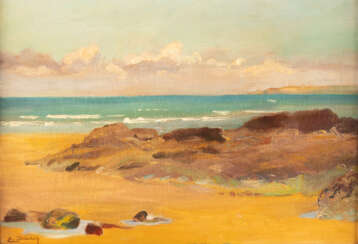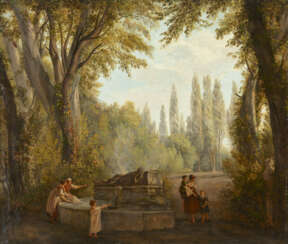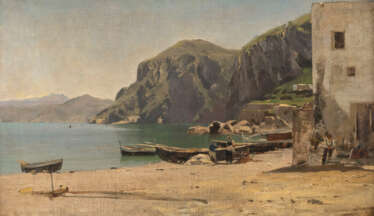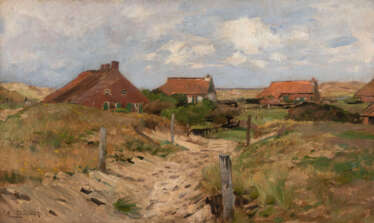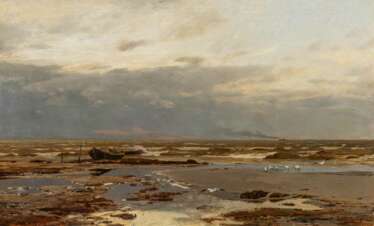дюк
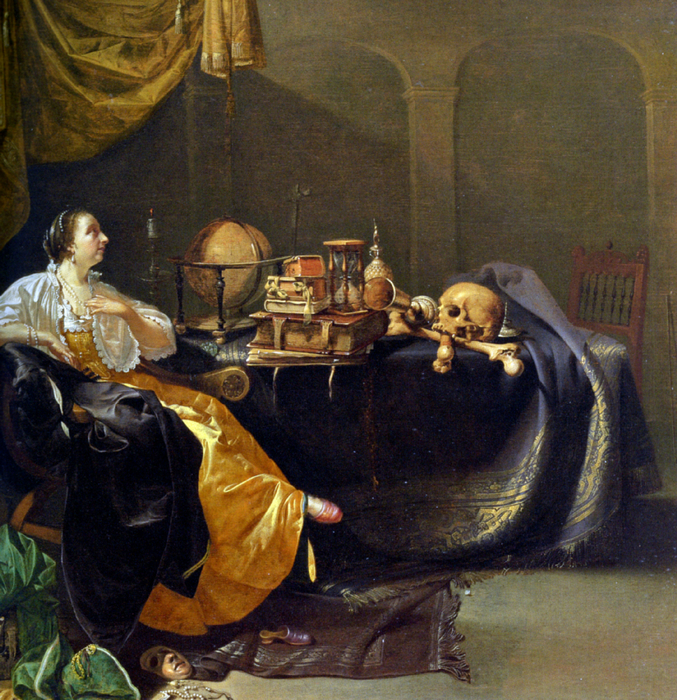
Jacob Duck was a Dutch artist, celebrated for his etchings and paintings that vividly capture the essence of daily life, military scenes, and figures during the Dutch Golden Age. Born around 1600 in Utrecht, Jacob Duck initially trained as a goldsmith before turning his focus to painting, under the guidance of Joost Cornelisz Droochsloot. His journey took him from Utrecht to Haarlem and finally to The Hague, showcasing his adaptability and the breadth of his work across different Dutch cities.
Jacob Duck's artistry is distinguished by its intimate portrayal of soldiers and everyday scenes, marked by a keen observation of social interactions and the human condition. His works, housed in prestigious museums like the Hermitage Museum, underscore his significant contribution to art and culture, bridging the gap between the personal and the universal in the 17th century Dutch society.
One of his notable works, "A Couple in an Interior with a Fortune-Teller," housed at The Metropolitan Museum of Art, exemplifies Duck's unique approach to narrative in art. This painting diverges from the era's typical jovial depictions of fortune-tellers by presenting a scene charged with a palpable tension, reflecting Jacob Duck's ability to infuse his works with depth and complexity. The painting's intricate details and the backstory of its subjects further illuminate Duck's skill in blending storytelling with visual artistry, making him a pivotal figure in Dutch painting.
For collectors and art experts, Jacob Duck's oeuvre offers a fascinating glimpse into the Dutch Golden Age's socio-cultural landscape, characterized by a meticulous attention to detail and a profound understanding of human emotions. His legacy continues to captivate and inspire, underscoring the enduring relevance of his work in the realms of art and history.
To stay informed about new discoveries, sales, and auction events related to Jacob Duck's works, consider signing up for updates. This subscription service is designed exclusively for enthusiasts eager to deepen their appreciation of Duck's artistry, ensuring you're always in the know about opportunities to engage with his timeless creations.

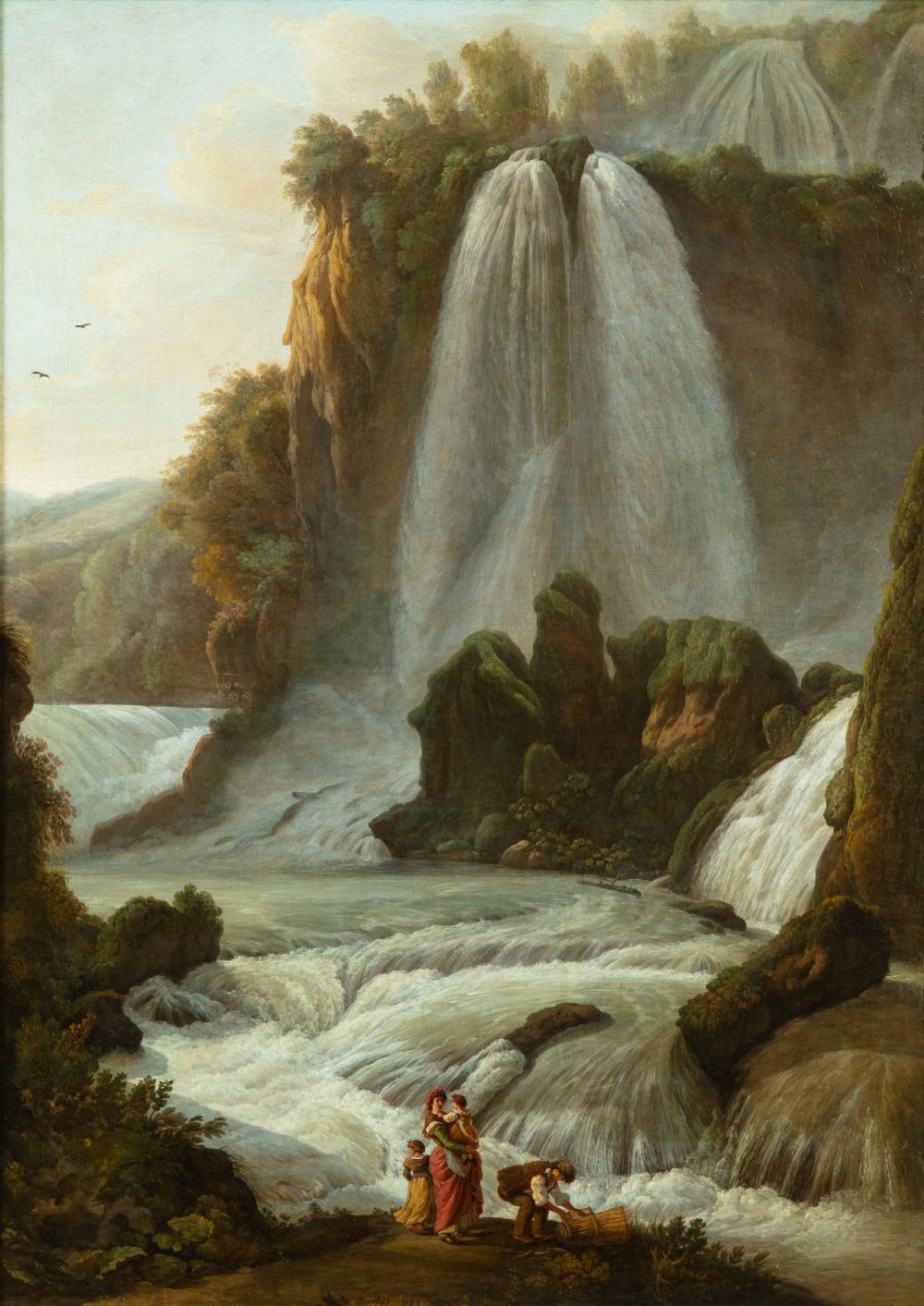
Abraham-Louis-Rodolphe Ducros was a Swiss painter, watercolourist and engraver, and was a main figure in the 'pre-romantic' movement.
Ducros is notable among watercolourists of his time for his large canvases, limited palette and forceful tones (achieved through application of gum) which allowed his paintings to be hung alongside oils at exhibitions.
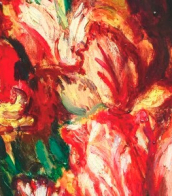
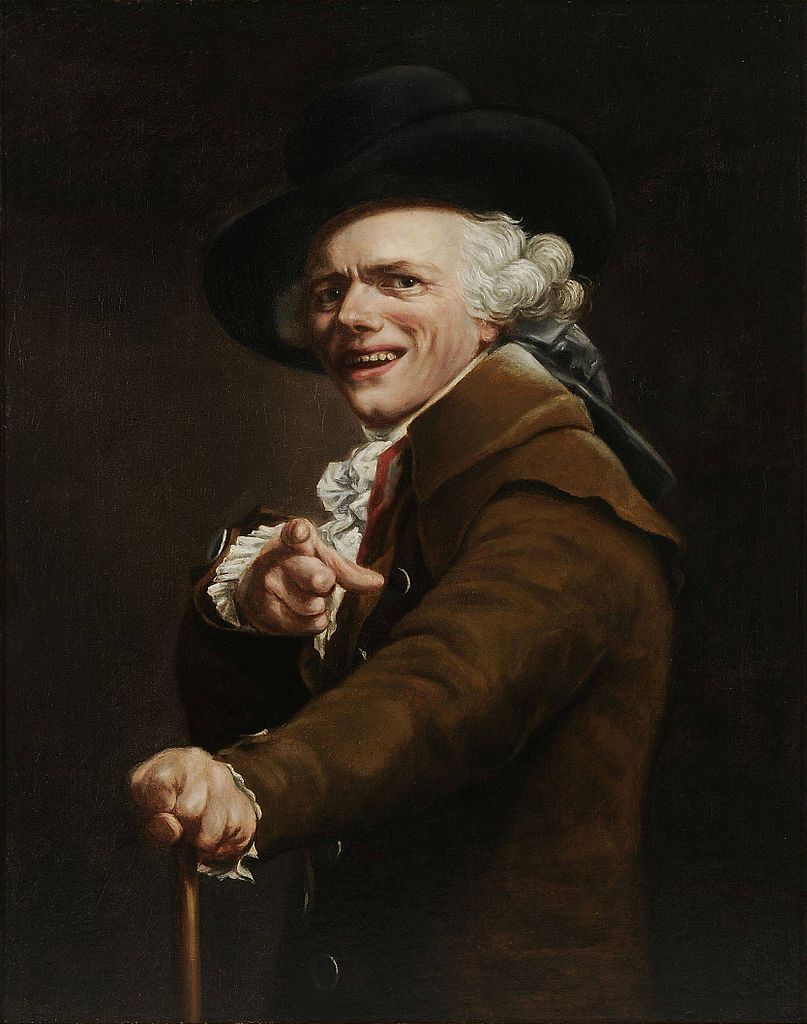
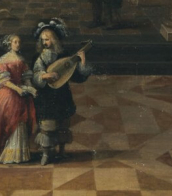

Abraham-Louis-Rodolphe Ducros was a Swiss painter, watercolourist and engraver, and was a main figure in the 'pre-romantic' movement.
Ducros is notable among watercolourists of his time for his large canvases, limited palette and forceful tones (achieved through application of gum) which allowed his paintings to be hung alongside oils at exhibitions.


Abraham-Louis-Rodolphe Ducros was a Swiss painter, watercolourist and engraver, and was a main figure in the 'pre-romantic' movement.
Ducros is notable among watercolourists of his time for his large canvases, limited palette and forceful tones (achieved through application of gum) which allowed his paintings to be hung alongside oils at exhibitions.


Abraham-Louis-Rodolphe Ducros was a Swiss painter, watercolourist and engraver, and was a main figure in the 'pre-romantic' movement.
Ducros is notable among watercolourists of his time for his large canvases, limited palette and forceful tones (achieved through application of gum) which allowed his paintings to be hung alongside oils at exhibitions.
_by_Angelica_Kauffmann.jpg)
Giovanni Volpato was an Italian engraver. He was also an excavator, dealer in antiquities and manufacturer of biscuit porcelain figurines.
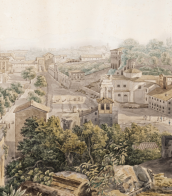

Abraham-Louis-Rodolphe Ducros was a Swiss painter, watercolourist and engraver, and was a main figure in the 'pre-romantic' movement.
Ducros is notable among watercolourists of his time for his large canvases, limited palette and forceful tones (achieved through application of gum) which allowed his paintings to be hung alongside oils at exhibitions.


Abraham-Louis-Rodolphe Ducros was a Swiss painter, watercolourist and engraver, and was a main figure in the 'pre-romantic' movement.
Ducros is notable among watercolourists of his time for his large canvases, limited palette and forceful tones (achieved through application of gum) which allowed his paintings to be hung alongside oils at exhibitions.

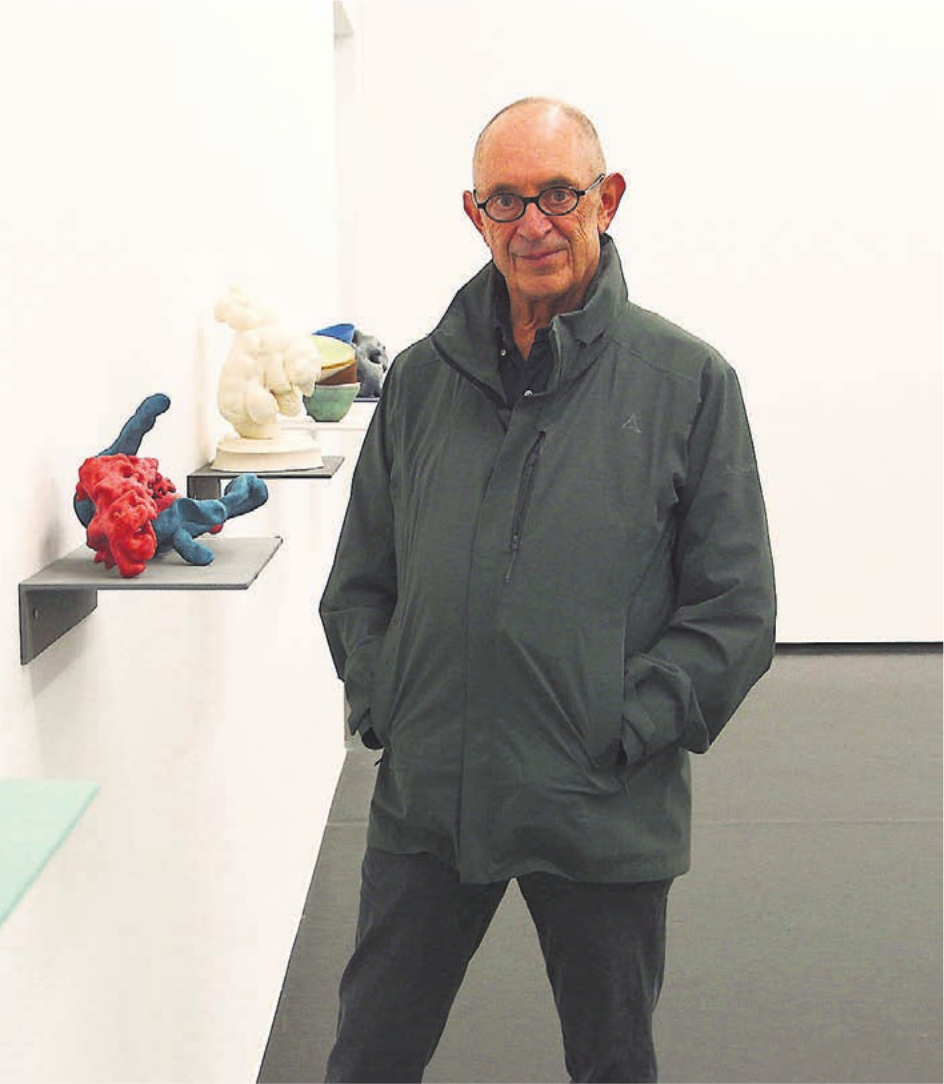
Maurice Ducret is a modern Swiss expressionist painter and sculptor.
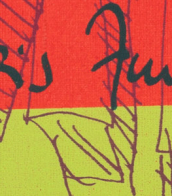

Maurice Ducret is a modern Swiss expressionist painter and sculptor.


Maurice Ducret is a modern Swiss expressionist painter and sculptor.
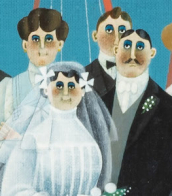

Maurice Ducret is a modern Swiss expressionist painter and sculptor.

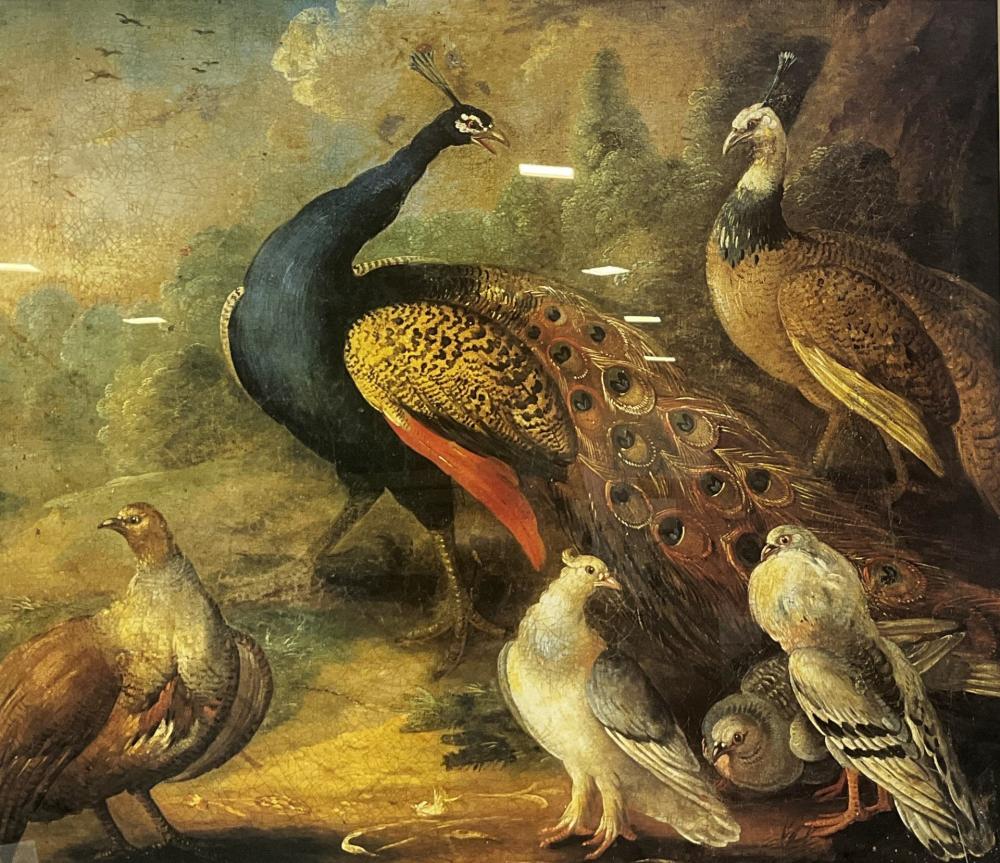
Marmaduke Cradock was an English painter of birds and animals.
Sketches in the collection of the British Museum indicate that he based at least some of the birds in his paintings on drawings from life. He tended to paint domestic birds and common wild species, rather than the exotic varieties favoured by some other artists. He sometimes introduced elements of drama such as attacks by predatory animals into his bird paintings, a feature shared with the works of Francis Barlow.

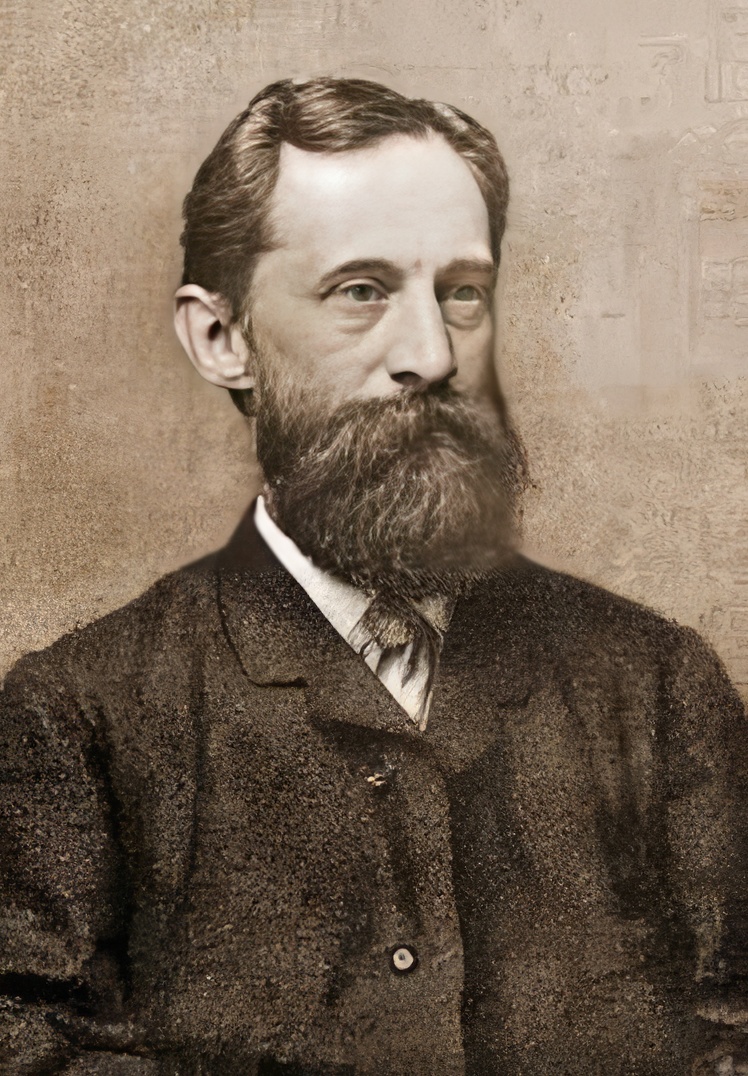
Eugen Gustav Dücker was a Baltic German painter, in the Romantic style, associated with the Düsseldorfer Malerschule.
Despite his career's roots in Germany, he spent much of his time in Estonia, where he painted idyllic landscapes of the sea and the countryside. He also made numerous trips to Holland, Belgium, France and Italy.


Eugen Gustav Dücker was a Baltic German painter, in the Romantic style, associated with the Düsseldorfer Malerschule.
Despite his career's roots in Germany, he spent much of his time in Estonia, where he painted idyllic landscapes of the sea and the countryside. He also made numerous trips to Holland, Belgium, France and Italy.


Abraham-Louis-Rodolphe Ducros was a Swiss painter, watercolourist and engraver, and was a main figure in the 'pre-romantic' movement.
Ducros is notable among watercolourists of his time for his large canvases, limited palette and forceful tones (achieved through application of gum) which allowed his paintings to be hung alongside oils at exhibitions.


Abraham-Louis-Rodolphe Ducros was a Swiss painter, watercolourist and engraver, and was a main figure in the 'pre-romantic' movement.
Ducros is notable among watercolourists of his time for his large canvases, limited palette and forceful tones (achieved through application of gum) which allowed his paintings to be hung alongside oils at exhibitions.
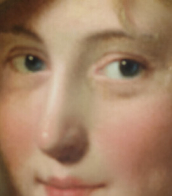

Abraham-Louis-Rodolphe Ducros was a Swiss painter, watercolourist and engraver, and was a main figure in the 'pre-romantic' movement.
Ducros is notable among watercolourists of his time for his large canvases, limited palette and forceful tones (achieved through application of gum) which allowed his paintings to be hung alongside oils at exhibitions.
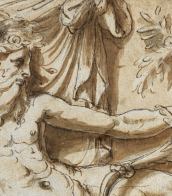

Eugen Gustav Dücker was a Baltic German painter, in the Romantic style, associated with the Düsseldorfer Malerschule.
Despite his career's roots in Germany, he spent much of his time in Estonia, where he painted idyllic landscapes of the sea and the countryside. He also made numerous trips to Holland, Belgium, France and Italy.


Eugen Gustav Dücker was a Baltic German painter, in the Romantic style, associated with the Düsseldorfer Malerschule.
Despite his career's roots in Germany, he spent much of his time in Estonia, where he painted idyllic landscapes of the sea and the countryside. He also made numerous trips to Holland, Belgium, France and Italy.


Eugen Gustav Dücker was a Baltic German painter, in the Romantic style, associated with the Düsseldorfer Malerschule.
Despite his career's roots in Germany, he spent much of his time in Estonia, where he painted idyllic landscapes of the sea and the countryside. He also made numerous trips to Holland, Belgium, France and Italy.


Eugen Gustav Dücker was a Baltic German painter, in the Romantic style, associated with the Düsseldorfer Malerschule.
Despite his career's roots in Germany, he spent much of his time in Estonia, where he painted idyllic landscapes of the sea and the countryside. He also made numerous trips to Holland, Belgium, France and Italy.



